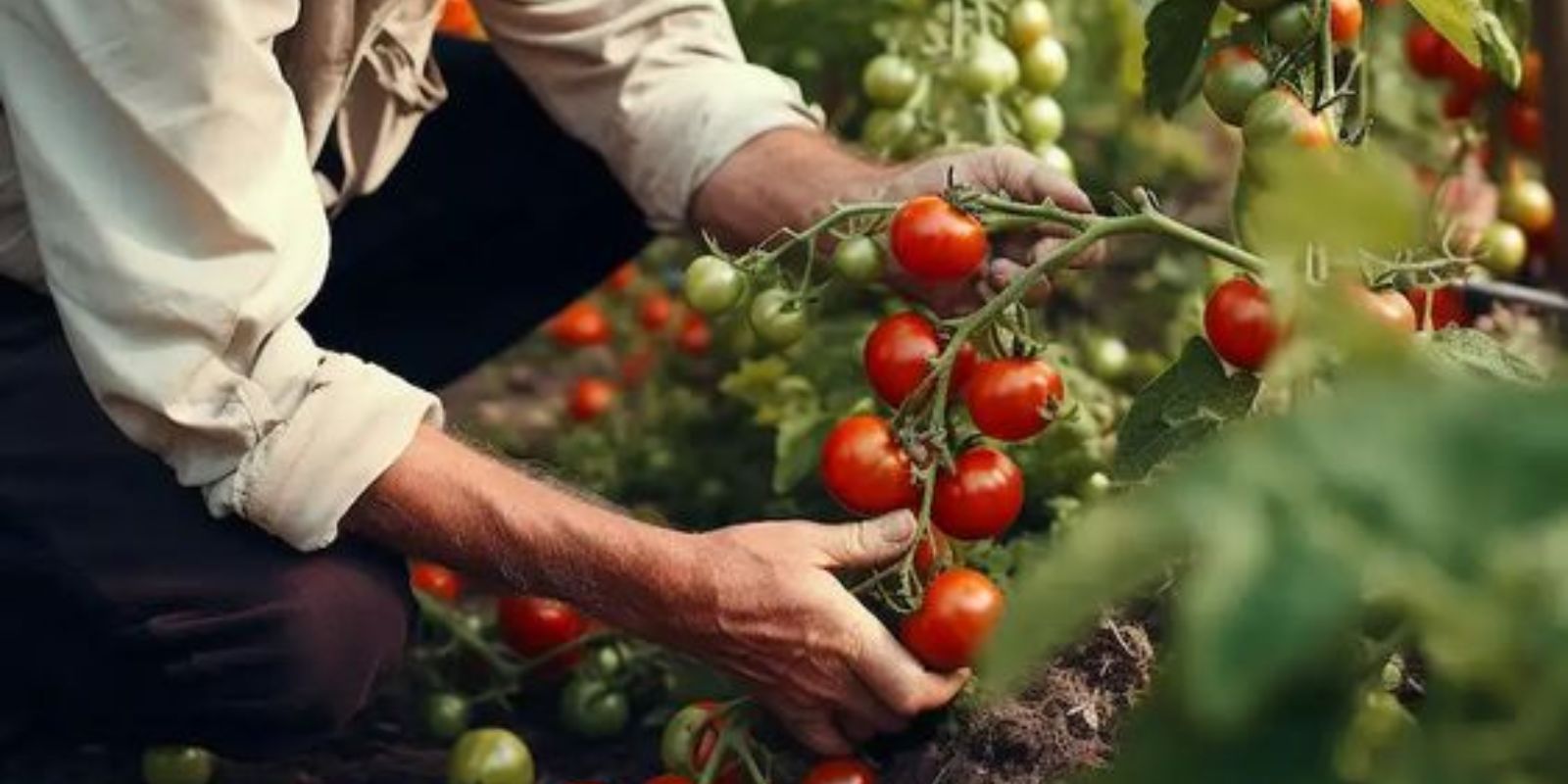Tomatoes are a beloved garden staple, known for their vibrant flavor and versatility in the kitchen. Whether you’re an experienced gardener or just starting out, mastering the art of tomato cultivation can lead to a prolific harvest and a delightful bounty of juicy, ripe tomatoes. This comprehensive guide will walk you through expert tips and best practices to help you achieve a thriving tomato garden.
1. Choose the Right Variety
Selecting the appropriate tomato variety is crucial for a successful harvest. There are many types of tomatoes, each suited to different climates and gardening conditions. Key factors to consider include:
- Climate: Some varieties are better adapted to hot, dry conditions, while others thrive in cooler climates.
- Disease Resistance: Look for varieties with resistance to common tomato diseases like blight and fusarium wilt.
- Fruit Size and Flavor: Decide whether you prefer small cherry or grape tomatoes, medium slicers, or large beefsteak types based on your culinary preferences.
Popular varieties include ‘Early Girl’ for early harvests, ‘Roma’ for canning, and ‘Brandywine’ for its exceptional flavor.
2. Prepare the Soil
Tomatoes require well-draining, nutrient-rich soil to grow effectively. To prepare your garden bed:
- Test the Soil: Check the soil pH, which should be between 6.0 and 6.8. You can use a home testing kit or send a sample to a local extension service.
- Amend the Soil: Improve soil fertility by incorporating organic matter like compost or aged manure. This enhances soil structure, drainage, and nutrient content.
- Work the Soil: Loosen the soil to a depth of 12-15 inches to promote healthy root development.
3. Start Seeds Indoors
Starting tomato seeds indoors gives your plants a head start and can result in an earlier harvest. Here’s how to do it:
- Timing: Sow seeds 6-8 weeks before the last expected frost date. This allows seedlings to grow strong enough for outdoor planting.
- Seed-Starting Mix: Use a high-quality seed-starting mix that provides good drainage and aeration.
- Light and Temperature: Keep the seeds in a warm, well-lit area or under grow lights. Aim for a temperature of 70-80°F (21-27°C) for optimal germination.
4. Transplant Seedlings
Once your seedlings are 4-6 inches tall and the danger of frost has passed, it’s time to transplant them outdoors:
- Hardening Off: Gradually acclimate your seedlings to outdoor conditions over a week to reduce transplant shock.
- Planting Depth: Plant seedlings deep, burying the lower leaves. This encourages a strong root system and better nutrient uptake.
- Spacing: Space plants 18-24 inches apart to ensure adequate airflow and prevent overcrowding.
5. Provide Support
Supporting your tomato plants is essential for maintaining their health and productivity:
- Types of Support: Use stakes, cages, or trellises to keep plants upright. Stakes are ideal for determinate varieties, while cages or trellises work well for indeterminate types.
- Installation: Install supports early to avoid disturbing the roots later. Tie plants to the supports with soft ties or garden twine.
6. Water Wisely
Consistent watering is key to growing healthy tomatoes:
- Watering Schedule: Water deeply and regularly, aiming to keep the soil consistently moist but not waterlogged.
- Method: Avoid overhead watering to minimize the risk of fungal diseases. Drip irrigation or soaker hoses are effective for delivering water directly to the root zone.
- Mulching: Apply a layer of mulch around the base of the plants to retain soil moisture, regulate temperature, and suppress weeds.
7. Fertilize Regularly
Tomatoes benefit from regular feeding to support robust growth and fruit production:
- Type of Fertilizer: Use a balanced fertilizer or compost with equal parts nitrogen, phosphorus, and potassium. Avoid excessive nitrogen, which can lead to lush foliage at the expense of fruit.
- Application Schedule: Feed plants every 4-6 weeks throughout the growing season. Follow the manufacturer’s recommendations for dosage and application.
8. Prune and Maintain
Proper maintenance helps improve plant health and productivity:
- Pruning: Remove suckers (the shoots that grow between the main stem and branches) to direct the plant’s energy towards fruit production. Regularly prune to maintain airflow and reduce disease risk.
- Pest and Disease Management: Monitor for common pests like aphids and whiteflies, and diseases such as blight and powdery mildew. Use organic or chemical controls as needed, following recommended guidelines.
9. Harvesting
Knowing when and how to harvest your tomatoes ensures the best flavor and quality:
- Ripeness: Harvest tomatoes when they are firm and fully colored. For the best taste, let them ripen on the vine.
- Handling: Gently twist or cut tomatoes from the plant to avoid damaging the fruit or plant.
Motivation
By following these expert tips, you can transform your garden into a productive tomato haven. Imagine enjoying fresh, homegrown tomatoes straight from your garden, bursting with flavor and perfect for all your culinary creations. Start planting today and experience the joy of a bountiful tomato harvest!
Tomato gardening is not just about growing plants; it’s about cultivating a rewarding experience that fills your table with delicious, homegrown produce. Embrace these tips, invest a bit of effort, and savor the satisfaction of a thriving tomato garden. Happy gardening! 🍅🌿

